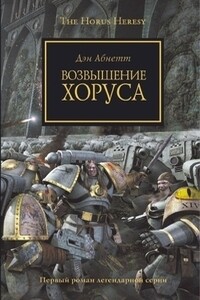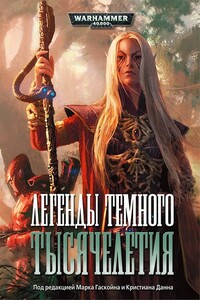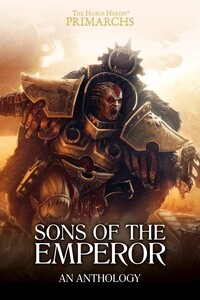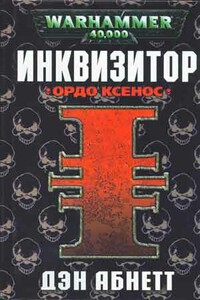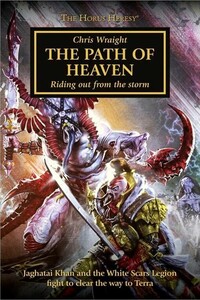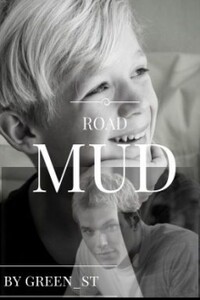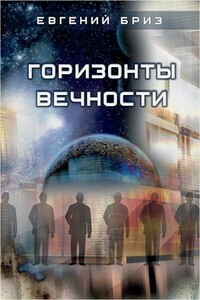More often still than politics and ethics, we talked of history. Again, in this area, his learning was tremendous, but there was also, for the first time, an eagerness, a hunger. He never asked directly, but it was clear he longed to know in detail about the events that had taken place in the two hundred and twelve years since his death. His family had clearly told him little. He made leading remarks to draw answers out of me. I gave him some, and sometimes volunteered accounts of major events, political changes and Imperial gains. I had decided beforehand not to make any mention of Imperial defeats or losses, to avoid giving him anything he might relish. The picture that Pontius Glaw got from me was of an Imperium stronger and more healthy than ever before.
Even so, it delighted him. Precious glimpses of a galaxy he had long been divorced from.
The rest of that long transit time was spent in preparation and study, daily regimes of weapons practice and combat training. Fischig ran hand-to-hand sessions each afternoon, and set himself to honing Bequin's natural dexterity and speed. I pressed weights in a makeshift gymnasium, and ran tens of kilometres each day around the empty halls and corridors of the Essene. Slowly, I brought myself back to peak fitness.
I worked my mind too. A disciplined regime of psychic exercises, some conducted with Lowink's help.
Aemos and I studied extensively. We worked through all the archive data we had to hand, researching the saruthi. It added little to our knowledge. The extent of their territories was known, but virtually nothing beyond that. There had only been a handful of officially recorded contacts in the past two thousand years. I wondered how much was known about them by the rogue traders who sailed beyond the Imperial veil, men like Gor-gone Locke.
All we knew with any certainty was that the saruthi were an old xenos culture – insular, secretive, lying outside the bounds of the Imperium. They were technically resourceful, mature and well-established. We knew nothing of their culture-type, beliefs, language… not even their physical appearance.
4Ve can at least conjecture they have some religious beliefs or values/ Aemos told me. 'Or, at the very least, they hold certain relics of their past in high regard for some symbolic or sacred purpose. Our foes only excavated that material on Damask because they knew it had value to the saruthi/
'Holy items? Icons?'
He shrugged. 'Or ancestor spirits – or simply a desire to recover and repatriate cultural materials from their past/
'And we know their territory was once bigger. Extending as far as Damask, even if that was but a distant outpost/ said Lowink.
We sat around an inlaid table in one of Maxilla's staterooms, the polished table top smothered in open books, scrolls, data-slates and record tiles.
'And Bonaventure/ I said. 'The wheel-graves. Bequin remarked that the site at North Qualm reminded her of those on her birthworld/
'Perhaps/ said Aemos. 'But I am no archaexenon expert. The wheel-graves of Bonaventure are classified as 'of unknown xenos manufacture' in all the texts I can find. They are but one among hundreds of unidentified relic sites in the Helican sub-sector. All traces of a long-vanished, or at least long-shrunk, saruthi civilisation… or the remnants of many miscellaneous forerunner species that roamed this part of space before man ever came this way/
I set down a data-slate and picked up the item that lay in the centre of the table, wrapped in felt. It was the single ancient tablet that had
escaped Damask with us. I had taken it from the crate during the standoff, and it had still been in my hand when we had thrown ourselves aboard the gun-cutter. Like the stonework dug-out in the flame hill mine, it was made of a hard pale material glittering with flecks of mica that we all agreed was not indigenous to Damask. And it was octagonal, but not regularly so, being peculiarly long on two edges. The back of it was burned and scored where it had been cut away. The reverse showed a bas-relief symbol, a five-pointed star sigil. But it, too, was irregular: the radiating spars of the star were of unmatched length and they protruded at a variety of angles.
